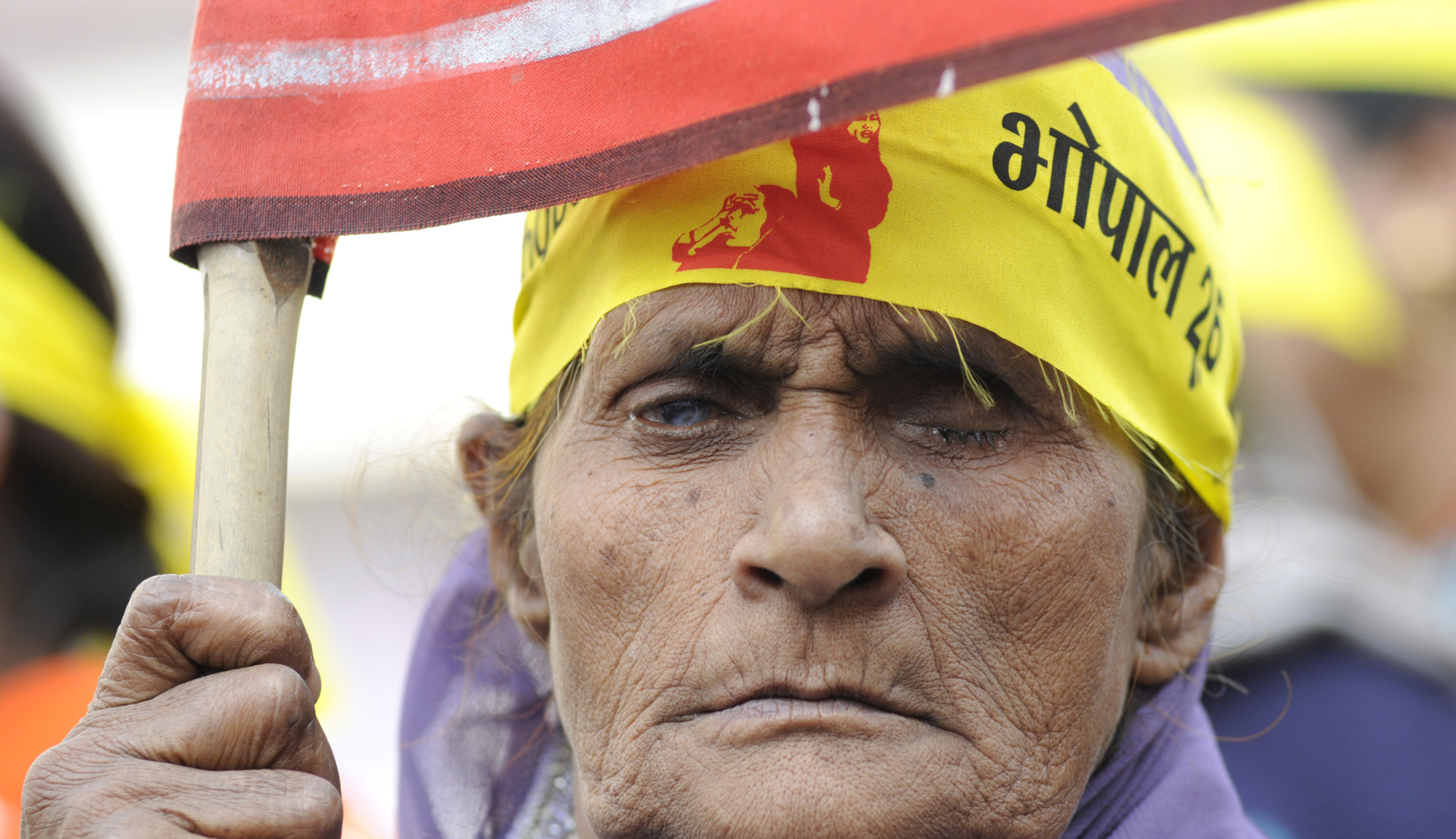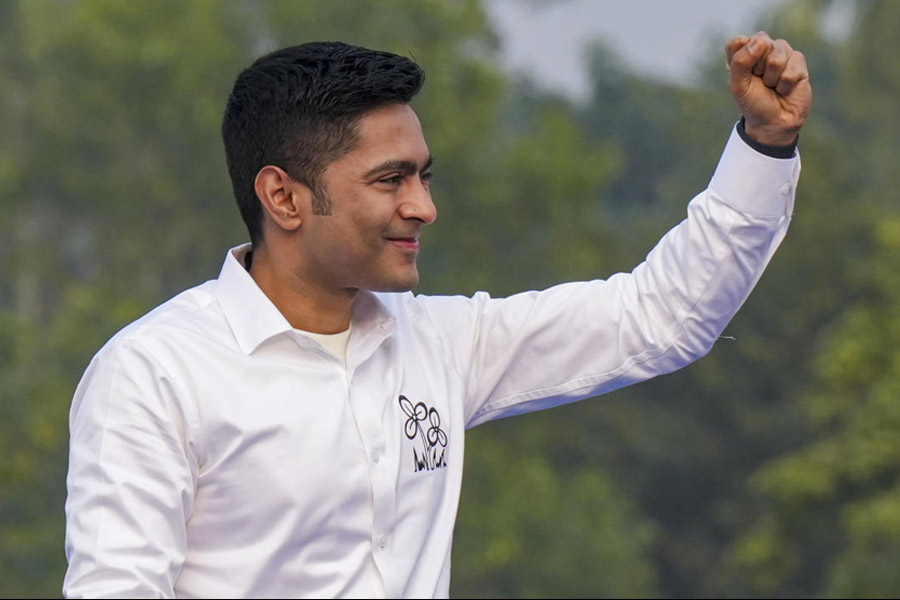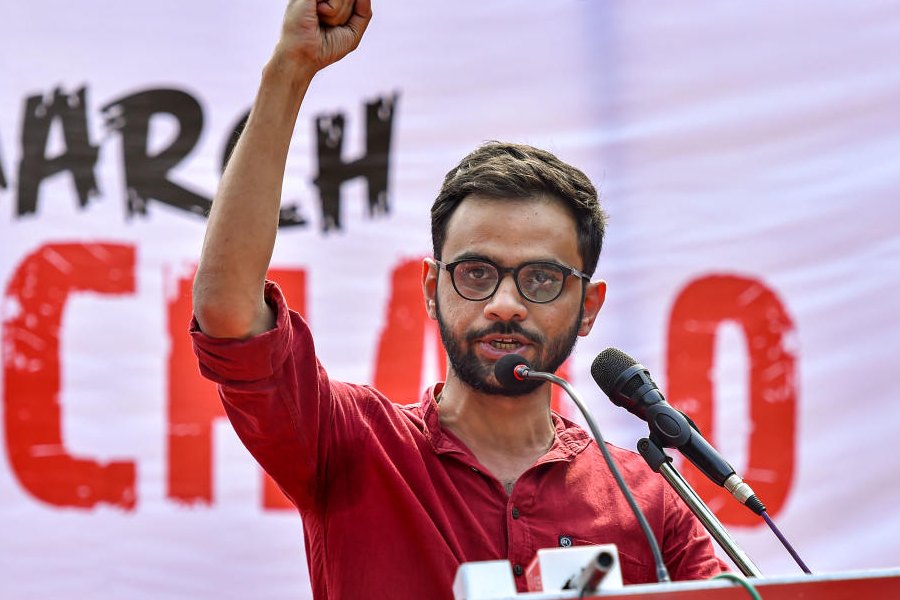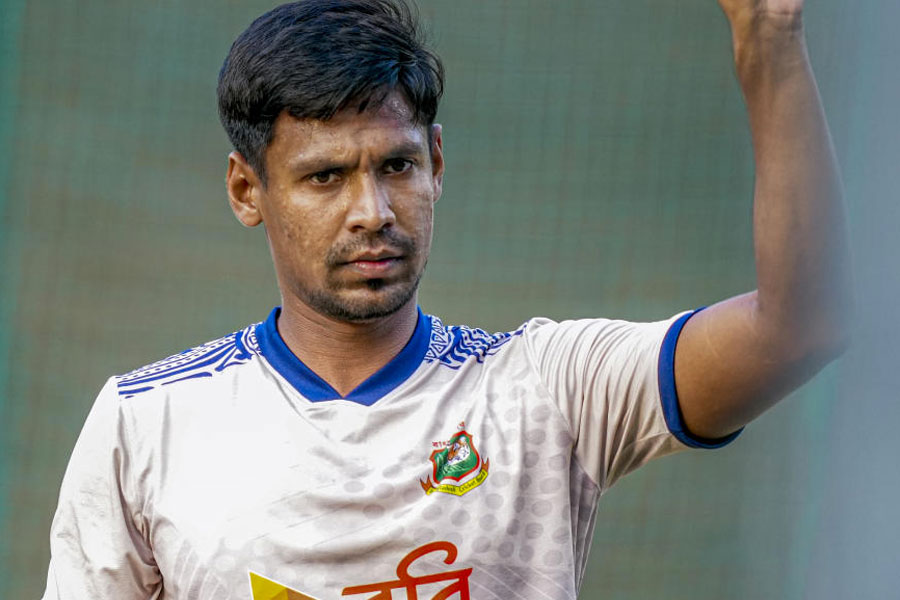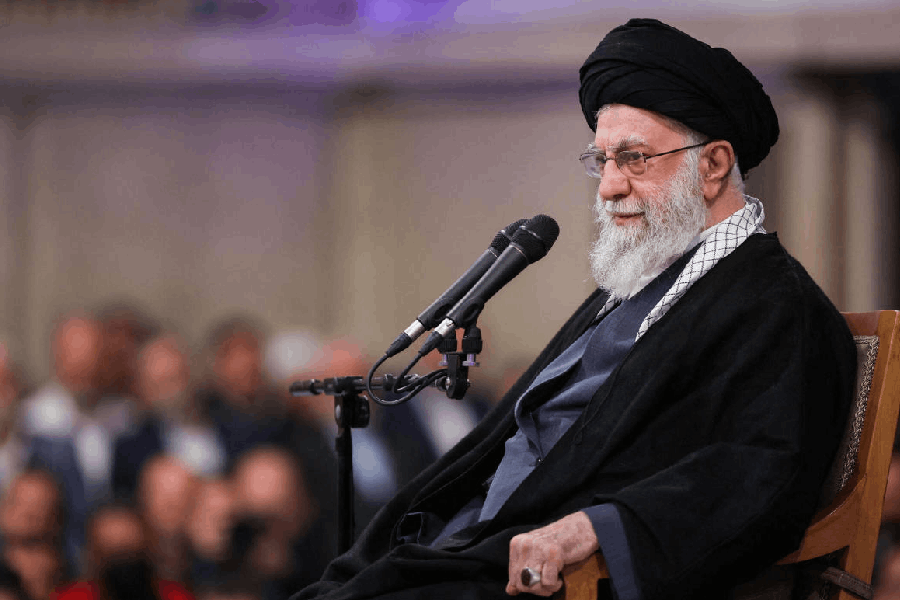Ian Hacking, the Canadian historian of science, once claimed that governance and the control of regimes went through three phases. The first phase, which literally began with modernity, was about the sovereign control of the body. The second phase was about the control of larger populations, and virtually inaugurated the era we call mass society. The third and contemporary phase, he claimed, dealt with the control of memory. In determining memory, we determine identity, information, representation. Memory has been deeply problematic for our contemporary age. We are involved in building statues, monuments, instituting archives, but, ironically, the era of the information revolution establishes the problematics of memory.
There are stereotypes to the way we construct memory. Memory in an age of print is seen as something mechanical, repetitive. Orality becomes something secondary in the age of print. As a result, the creativity of orality has not been grasped and internalised. Studying epics in Bosnia, Alfred Lord realised that memory is never rote. The bard never repeats the same poem. He invents variations around it. In fact, memory and invention go together. This same feat is seen around the performances of the Mahabharata. Scholars from A.K. Ramanujan to Sashikanth Ananthachari demonstrate that memory is always the challenge of re-enactment. In his Mahabharata of the Mind, a film Sashikanth is producing, he shows how villagers enact fragments of the Mahabharata, picking their own local variants. They never enact the whole narrative; in fact, it is the spectator who is the trustee of the whole narrative. He creatively puts the parts together. As Ramanujan points out, we have hundreds of versions of the Mahabharata. Sashikanth shows that instead of translating a text, the villagers prefer to reinvent the story, incorporating contemporary issues and tropes. In that sense, memory does not take place in linear time but in what Raimon Panikkar called Kairological time, where past, present and future blend into one another. It is this complexity and diversity of memory that RSS ideologues fail to understand when they attack Ramanujan and claim that there is one standard text. Such a claim is an insult to the inventiveness of Indian tradition and memory.
This same problem emerged more poignantly during the debates of the Indian Industrial Commission of 1919. Alfred Chatterton, a great engineer, complained that expression 'by heart' is an Indian invention and he was worried that the Indians had by hearted the British. Truly we by hearted Shakespeare, the Bill of Rights, Milton and dreamt of creating variants the English would not dream of. The Macaulayite vision dreamt of each clerk as an English replica but the Indian imagination was more playful in its search for diversity. Memory, thus, is linked to diversity. It breaks the basic tropes of standardisation.
In fact, the reverse problem that one has to consider is the problem of the archive. An archive is a memorial in print. Yet, it often captures the official. This problem was raised twice in recent time. During studies of Partition, people discovered that history had little place for personal narratives. History as print captures Partition as a transfer of power, as a division of states and, yet, it captures little of the ifs and buts of the narrative, of lifelines and trajectories, which could have moved in different ways. Ashis Nandy’s study of Partition recounts one such story where a Sikh family near Lahore is surrounded by hostile Muslims. The grandfather, as head of the family, decides that the family’s honour must remain intact. He decides to kill each member, especially the women, so they die with their honour intact. As he kills them with his kirpan, his sister gives him the ritual glass of milk before she dies. Just then, his grandson tells him that he does not want to die but would step out fighting with him. The two step out to meet the hostile village which wants to lynch them. Just then, an elder tells the village that this was the family that had helped the village in times of distress. The crowd stops and, after an intense discussion, lets the pair go. The grandfather is choked with emotion. He has to answer the question for the rest of his life.‘What if he had let the family live?’ The grandson could not live with such a past and commits suicide later. The poignancy of these ifs, buts, the variations, is lost in the officialdom called the archive. One realises now that one cannot write a history of Partition without this blending of oral memories, of lived memories, which go beyond texts.
This problem was raised again recently when Sadanand Menon, the art critic, was establishing the Chandralekha archives in Chennai. Chandralekha was one of the most playful characters I knew, a gossip as subversive in her conversation as in her choreography. How does one capture the memory of a person who challenges official ideas of memory, a person who saw patriarchy laughingly as a memorial to masculinity? Official archives sound like diktats. The effort is to open up the drama of the archive, set it up as a debate of competing witnesses. In this case, dance, sexuality, ideology, storytelling have to be located in the history of the body. The body becomes site, theatre for an enactment of memory. Such an embodied memory triggers your own sense of the forgotten, the little details you have suppressed or feel embarrassed to remember. An archive, as a composite of the oral, digital and virtual, becomes a commons, giving access to the submerged, the defeated and the forgotten.
The challenge of memory is represented in another recent event. The battle against the Narmada dam was one of the most epic struggles of modern India. As the waters submerged the villages, those who struggled against it came up with two ways of sustaining memory against an unsustainable model of development. Firstly, Medha Patkar thought of a calendar of struggle, a litany of dates of all the little battles that took place, a history not of the victor but of resistance. A calendar of resistance as a tribute to memory. Adding to this experiment was an effort, still in progress, of writing history collectively so that memory becomes a commons, something shared and accessible to all. Two efforts, which rather than accepting the logic of defeat, turn memory into a tribute to resistance. Resistance here is not seen terminally but as an invitation to future defiance. One sees this also in the Bhopal Museum, as an ode to the creativity of the survivors of the gas disaster of 1984.
The problematics of memory are not just collective but something that haunts the individual. I remember asking a student to describe his grandmother. He brushed it aside, saying she is old. I then persisted and asked him to describe his grandmother’s pickle. A different sense of memory as a sensorium of taste and smell affected him and he ran out of the class in tears. We need an education of embodied memories that remembers. We cannot be a race living on ‘downloaded information’. Memory is more than a byte, it is a performance, an invention, a recollection, a way of keeping time plural and cosmopolitan. Memory helps pluralise identity, allows us to create alternative histories. Our current world of violence needs to rethink the idea of memory as plural, as a performance, an act of storytelling whose poetics we have forgotten. In a world that fetishises the selfie, we need a sense of a time that sustains the self.
The author is an academic associated with Compost Heap, a network pursuing alternative imaginations

